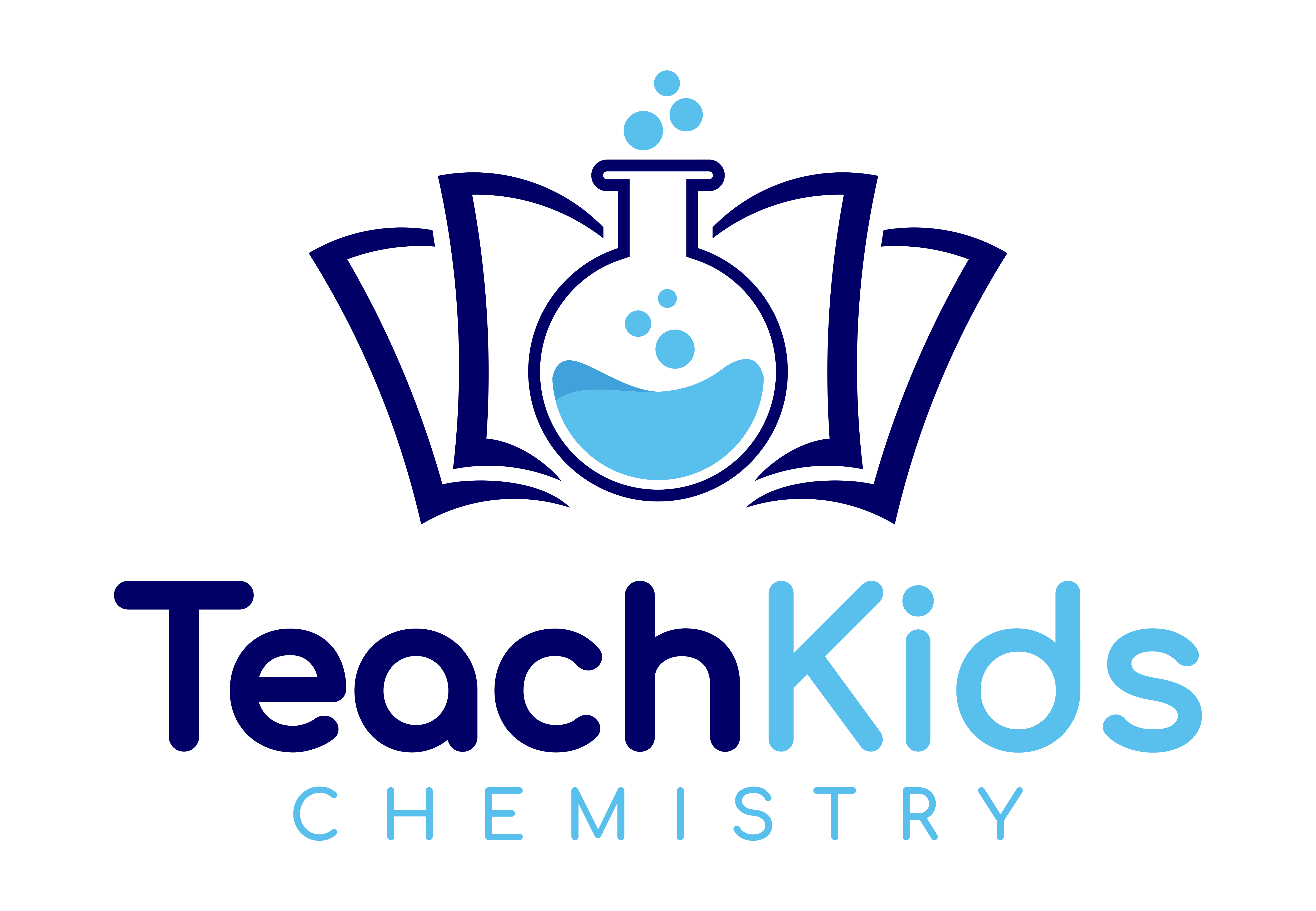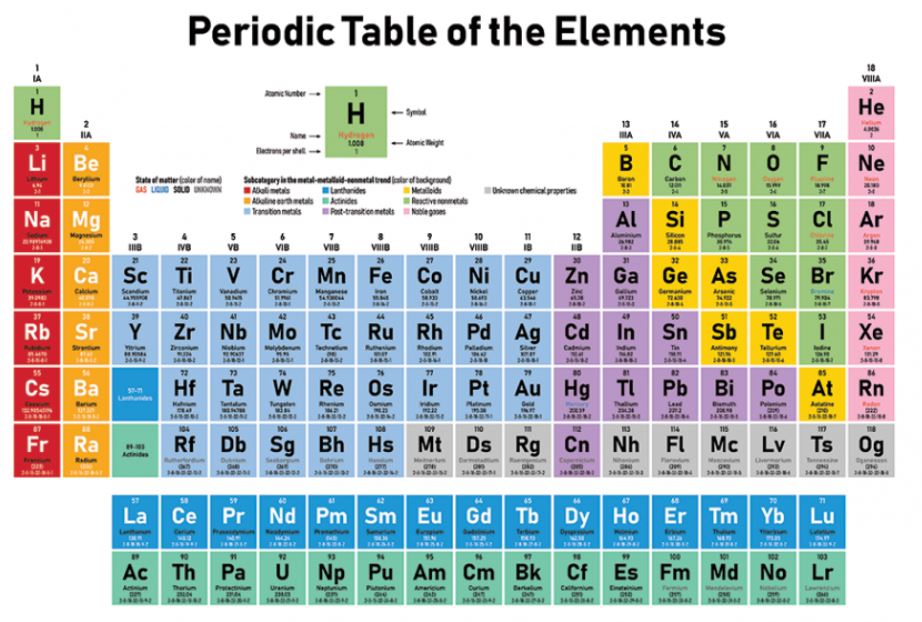Hello and welcome to Teach Kids Chemistry! Today, we will be exploring the fascinating world of the periodic element silicon. Silicon is a chemical element with the symbol Si and atomic number 14. It is a hard, brittle crystalline solid with a blue-grey metallic lustre, and is widely used in the electronics industry due to its semiconducting properties. Join us as we delve into the properties and uses of this important element in a simple and non-complex manner. Let’s get started!
The Periodic Element Silicon Overview
Silicon is a chemical element with the symbol Si and atomic number 14. It is a nonmetal with an atomic mass of 28.0855 u. Silicon has 14 protons and 14 electrons, and its most common isotope has 14 neutrons. It is located in period 3 and group 14 of the periodic table. Silicon is a solid at room temperature and is classified as a metalloid, meaning it has properties of both metals and nonmetals. Its electronegativity is 1.90, which is relatively high compared to other elements. Silicon has a specific heat capacity of 0.705 J/g·K, which means it requires a relatively small amount of energy to raise its temperature.Silicon has a melting point of 1,414 °C and a boiling point of 3,265 °C. Its density is 2.33 g/cm³, which is relatively low compared to other metals. Silicon is widely used in the electronics industry due to its semiconducting properties. It is also used in the production of glass, ceramics, and solar cells. In addition, silicon is an important element in the Earth’s crust, making up approximately 28% of its mass. Overall, silicon is a versatile and important element with a wide range of applications in various industries.
Everyday objects that contain the periodic element silicon?
There are many everyday objects that contain chemicals or compounds that can be used to teach chemistry concepts. For example, water is a compound made up of two hydrogen atoms and one oxygen atom, and can be used to teach about chemical formulas and the properties of different elements. Salt, which is made up of sodium and chlorine, can be used to teach about ionic bonding and the properties of salts. Baking soda, which is sodium bicarbonate, can be used to teach about chemical reactions and the properties of acids and bases. Other examples include vinegar, which is acetic acid, and sugar, which is a carbohydrate. By using these everyday objects, students can learn about chemistry concepts in a simple and relatable way.
Differences in the periodic element silicon across states of matter
The state of an element can vary greatly depending on its temperature and pressure. At standard temperature and pressure (STP), most elements are either solids or gases. Solids have a fixed shape and volume, while gases have neither. As temperature and pressure increase, some solids can become liquids, which have a fixed volume but take the shape of their container. As temperature and pressure continue to increase, some liquids can become gases, which have neither a fixed shape nor volume. At extremely high temperatures and pressures, some gases can become plasmas, which are highly ionized and conductive. Plasmas are often found in stars and lightning bolts, and have unique properties such as the ability to emit light.
Is the periodic element silicon dangerous or radioactive?
Silicon is not dangerous or radioactive. It is a non-metallic chemical element with the symbol Si and atomic number 14. It is the second most abundant element in the Earth’s crust, after oxygen, and is widely used in various industries, including electronics, construction, and solar energy. Silicon is not toxic to humans or animals and is considered safe for use in consumer products. However, like any other material, it can pose a hazard if handled improperly or in large quantities.
Is the periodic element silicon rare and expensive?
Silicon is not a rare or expensive element. In fact, it is the second most abundant element in the Earth’s crust, making up about 28% of its mass. It is also widely available in the form of silica, which is found in sand, quartz, and many other minerals. Silicon is used in a variety of applications, including electronics, solar cells, and construction materials, and its abundance and low cost make it an attractive choice for these industries. Therefore, it is not considered a rare or expensive element.
Learn about all the elements with a periodic table!

